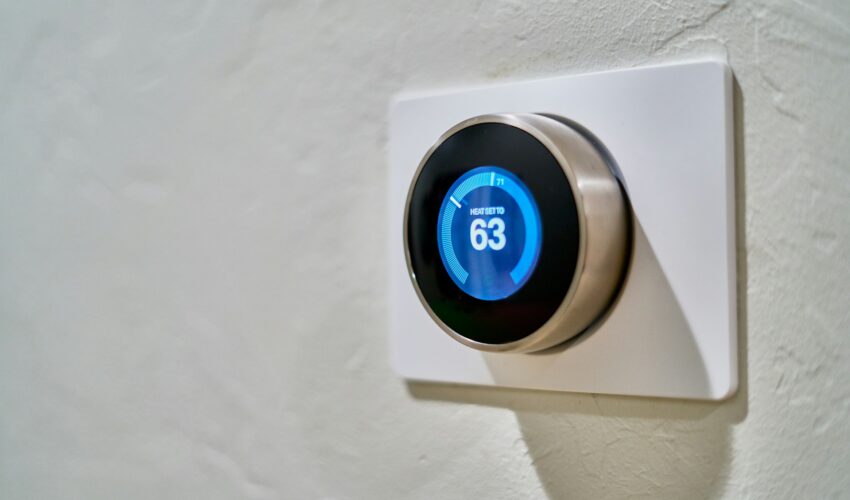For many homeowners, understanding the intricacies of their heating systems, especially when it comes to auxiliary heat, can be a source of confusion. Below, we shed light on auxiliary heat, particularly in the context of heat pumps, providing clarity on what it is, when it’s used, and how to identify potential issues. Let’s delve into the world of auxiliary heat and demystify its role in maintaining comfort in your home.
Understanding Heat Pumps and Auxiliary Heat
A heat pump is a versatile heating and cooling system that operates by transferring heat between the inside and outside of your home. In the right conditions, it can function as both an air conditioner and a heater, making it an energy-efficient option for many households.
But there’s a catch—heat pumps can only efficiently provide heat when the outdoor temperatures are 50 degrees or higher. This means heat pumps will almost always be installed in conjunction with an electric furnace to serve as a secondary heat source. This “backup” heat, known as auxiliary heat, manifests as an electric heat strip that supplements the heat pump’s operation when needed.
Auxiliary Heat: When It’s Used
Auxiliary heat may turn on in two situations:
- Cold Temperatures: As mentioned above, when it’s under 50 degrees outside, the heat pump’s efficiency may decrease. Auxiliary heat kicks in to compensate for the heat pump’s limitations and maintain a comfortable indoor temperature.
- Defrost Mode: During normal operation, heat pumps may accumulate frost on the outdoor coil. Auxiliary heat activates when the system enters defrost mode, preventing any additional frost from being built up and maintaining the desired temperature indoors.
Identifying Issues with Auxiliary Heat
- Continuous Operation: If auxiliary heat remains on even as temperatures rise, it may indicate a malfunction with your system.
- Insufficient Heat: Dirty air filters, blocked vents, or malfunctioning heat strips can leave your system unable to maintain temperature. Regularly clean or replace heat pump filters to ensure proper airflow, and be sure to have the heat strips inspected by a professional for any visible damage if you think there may be an issue.
- Other Thermostat Indicators: Most thermostats provide an indication, “Aux”, to let you know when your auxiliary heat is in use. Auxiliary heat shouldn’t be confused with “EM Heat” or “Emergency Heat”, which allows your system to bypass the outdoor heat pump and run the heat strips instead. While auxiliary heat turns on and off as needed, emergency heat is a manual switch that prevents the heat pump from turning back on when it’s malfunctioning. When this happens, it’s best to make a service call to see what happened and remedy the issue.
Auxiliary Heat Help
Whether it’s supplementing heat in extreme conditions or during defrost mode, auxiliary heat plays a crucial role in maintaining comfort. By recognizing its functions and being aware of potential issues, homeowners can ensure their heating systems operate seamlessly, providing warmth even in challenging weather conditions.
If you’re unfamiliar with the system or unsure about an issue, it’s a good idea to consult one of the professional HVAC technicians at North East Air Conditioning, Heating, and Plumbing. Our technicians have the expertise to diagnose and replace faulty heat pump components, ensuring your system operates efficiently. Give us a call at (210) 658-0111 or visit our website today to set up an appointment.
Header Photo by Dan LeFebvre on Unsplash


